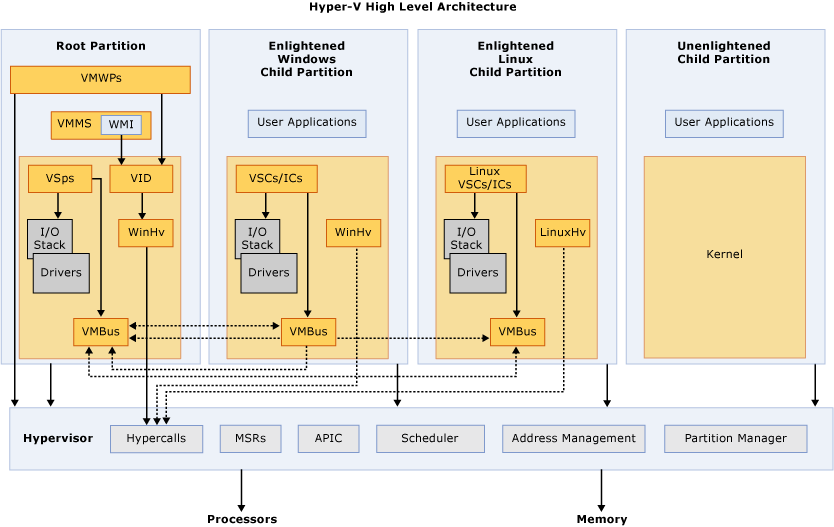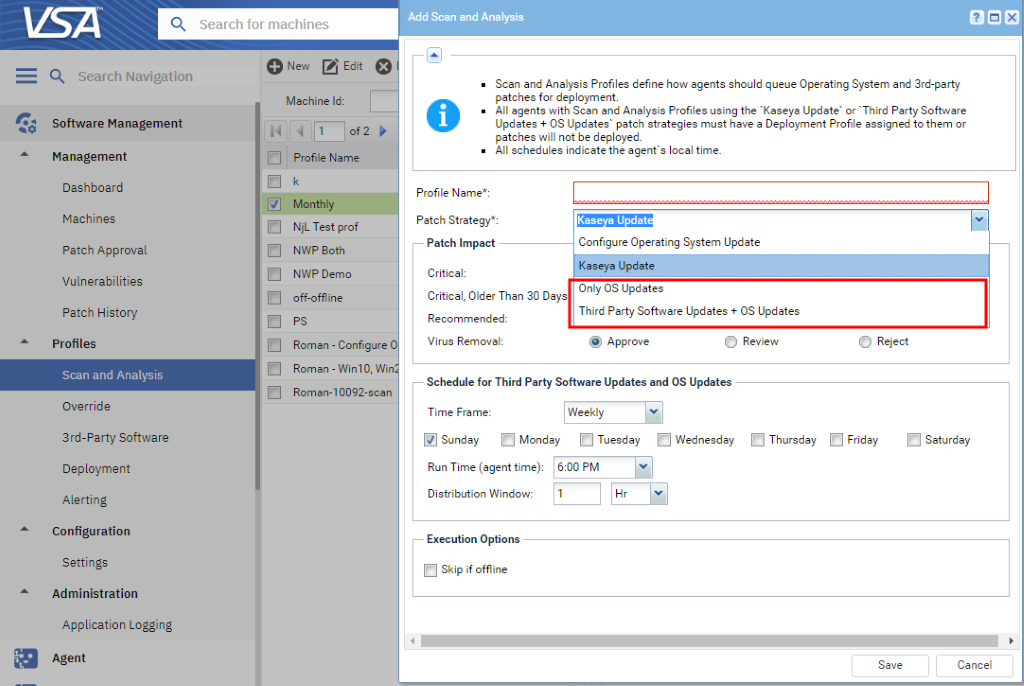

- #INSTALL KASEYA AGENT FROM ANOTHER SAAS PARTITION HOW TO#
- #INSTALL KASEYA AGENT FROM ANOTHER SAAS PARTITION WINDOWS#
This is a configuration file that contains the details of the server and instance name on which the project has to be deployed This file contains information regarding whether to deploy and process all objects and how the objects should be processed Although this information is already defined in the ASDATABASE file, it is overridden by the information from this file This file is specific to contain information regarding the data sources and other environment-related information. This is the actual deployment file that contains data related to all the dimensions and cubes that you have developed using Visual Studio.

These files are generated when you build any SSAS project. If you see the figure below, you can see that there are four files.

#INSTALL KASEYA AGENT FROM ANOTHER SAAS PARTITION HOW TO#
This article focusses only on how to deploy SSAS cubes and does not emphasize on the development of SSAS cubes.įirst, it is important to know the different artifacts that are being generated while building as SSAS cube. However, for Visual Studio 2019, it can be downloaded and installed as an extension from the Visual Studio Marketplace. This feature comes with a stand-alone installation until Visual Studio 2017. SQL Server Data Tools (SSDT) is the authoring tool that is used to develop and deploy SSAS cubes. It also provides extensibility by providing client libraries and APIs which can support the open-standard XMLA protocol

Apex One server can manage OfficeScan agents which migrated from other OfficeScan servers.When migrating OSCE agent or installing Apex One with unsupported OS to Apex One, take note of the following: High, if installations start at the same timeĬlient Packager (MSI package deployed through Microsoft SMS)Ĭlient Packager (MSI package deployed through Active Directory)
#INSTALL KASEYA AGENT FROM ANOTHER SAAS PARTITION WINDOWS#


 0 kommentar(er)
0 kommentar(er)
